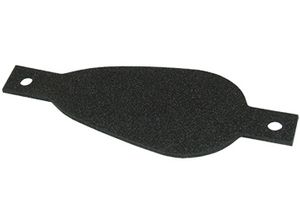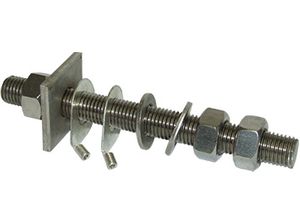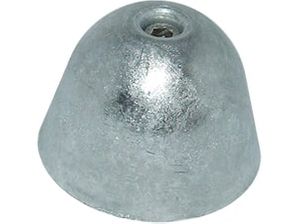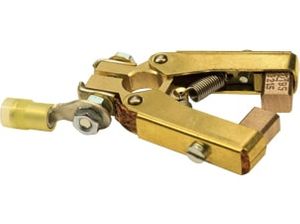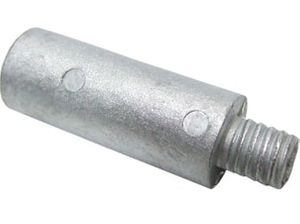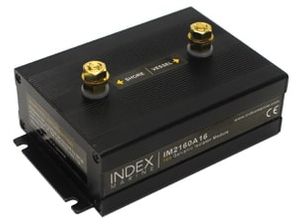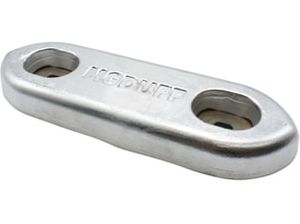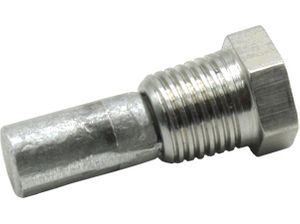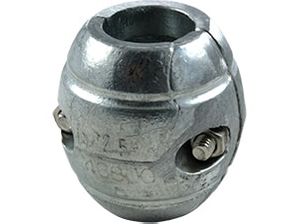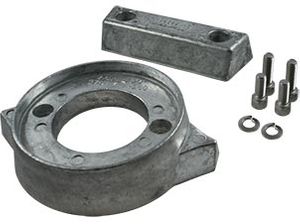Sacrificial Anodes
Filter by
One of the most important maintenance tasks when owning a boat is making sure you protect underwater metals, such as prop shafts and the engine, from electrolytic corrosion to prevent wear and damage. This can be done through the use of sacrificial anodes, made from a weaker metal, which are designed to corrode instead of your valuable equipment. Boat anodes are fitted or bonded to the desired part and these are easily replaced to offer continual protection.
All cathodic protection systems must be inspected annually and the sacrificial anodes renewed if more than 50% are wasted. You should check the working surface of the sacrificial anode to ensure that it is free of paint and chalky corrosion deposits. When fitting or replacing a sacrificial anode you should also replace the serrated fan disc washers under the nuts and change the anode backing sheet on wood and GRP hulls. Exposed fixing studs, nuts and washers should be well greased or painted after assembly.
Many factors determine the type of cathodic protection system you will need, including the size of your boat as well as the construction. You will also need to consider the environment your boat is in when deciding on the appropriate anode.
As a general guide, for steel and GRP hulled boats used in and around the UK, zinc anodes would be most appropriate for salt water applications and magnesium anodes would be more suitable for freshwater applications. However, for boats with a wooden hull, the fitting of magnesium anodes is not recommended as they will have a damaging effect on the timbers around the fixings, known as electrochemical decay. Aluminium anodes are most popular on continental waterway craft.
